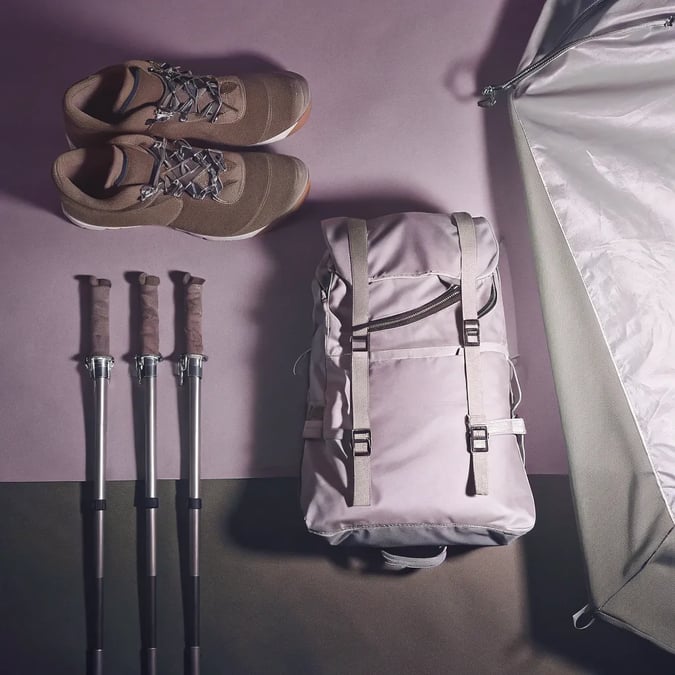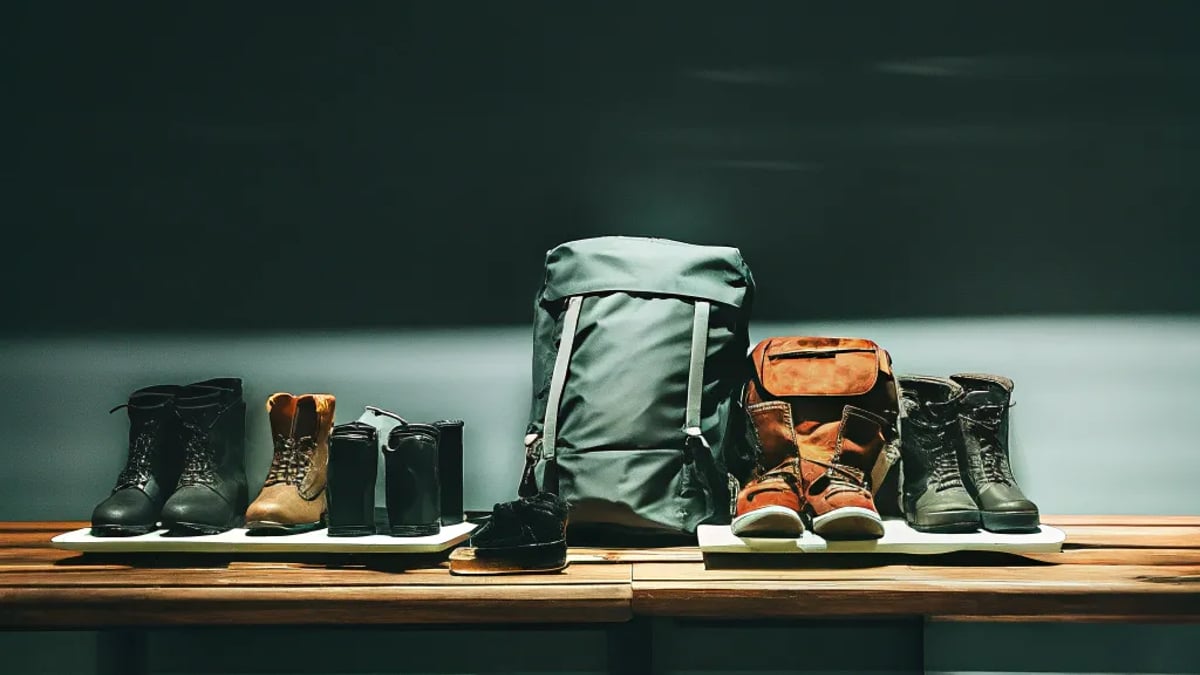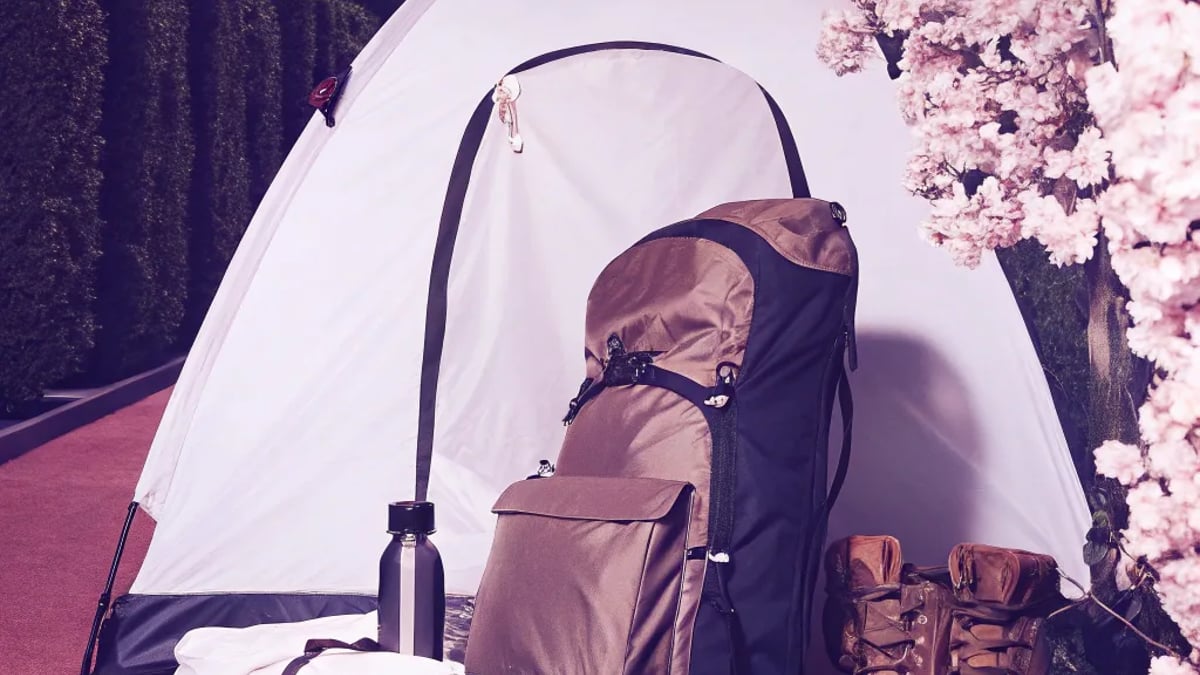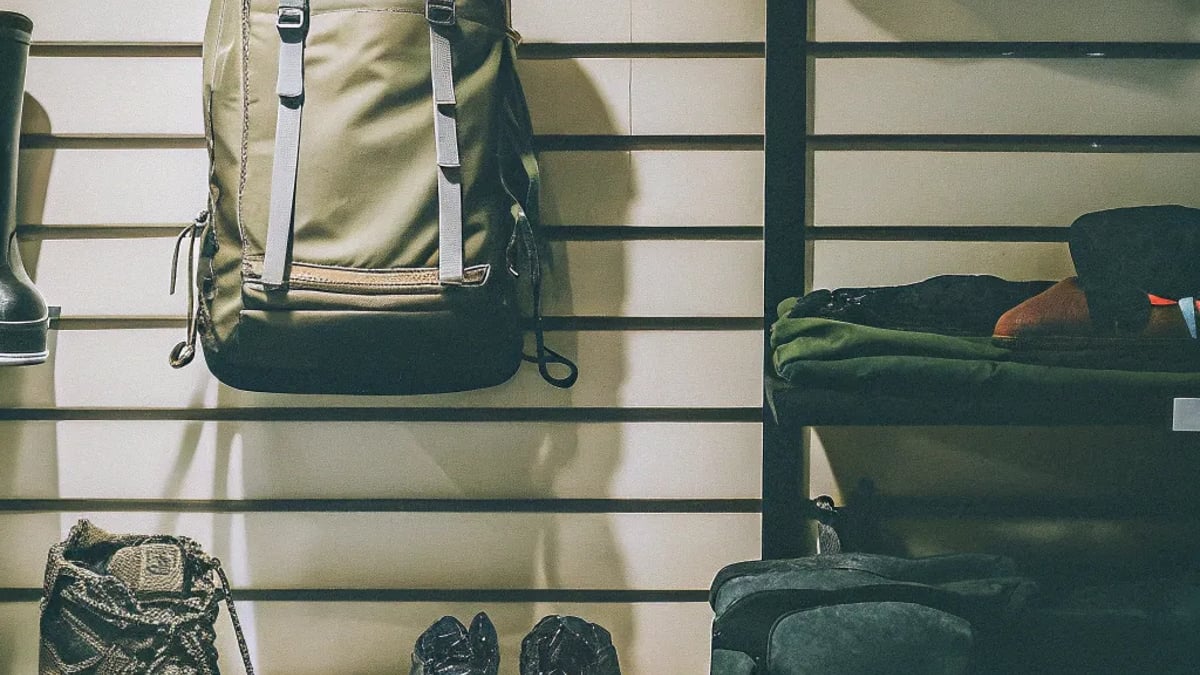
Spring hiking brings its own special challenges—unpredictable weather, muddy trails, and temperature swings that can leave you sweating one minute and shivering the next. I've spent the last few months testing the latest gear hitting the market for spring 2025, and there's some genuinely impressive innovation happening that deserves attention.
The Evolution of Hiking Footwear in 2025
The right boots can make or break your hiking experience, something I learned the hard way last April when I tackled the Appalachian Trail section near Georgia with inadequate footwear. This spring, manufacturers have focused on creating versatile options that handle multiple conditions.
Waterproof Mid Hikers Lead the Pack
According to recent reviews from Stridewise, waterproof mid hiking boots are continuing their reign as the most practical option for spring conditions. Their March 2025 guide highlights several standouts that balance water resistance with breathability—a crucial combination when trails are still drying out from winter snowmelt.

"When you wear new boots as frequently as I do and build a sizeable boot collection, you develop a sense for what works across different conditions," notes the Stridewise expert review. "The best mid hikers for spring 2025 have incorporated recycled materials without sacrificing performance."
The Salomon Cross Hike 2 GTX has emerged as a particular favorite, with its upgraded eco-friendly membrane that maintains waterproofing while reducing environmental impact. I tested these on a rainy weekend in the Cascades last month, and my feet stayed remarkably dry despite hours in wet conditions.
Lightweight Trail Runners Gaining Ground
For less technical terrain and drier days, the shift toward trail runners continues to accelerate. The latest models have addressed previous durability concerns with reinforced toe caps and more robust outsoles.
The Brooks Cascadia 18, releasing in April 2025, weighs just 10.2 ounces but includes a rock plate and enhanced grip pattern specifically designed for spring's mix of mud and occasional leftover ice patches. They're not fully waterproof, but they dry incredibly quickly—a feature I've come to value more than absolute water resistance for certain hikes.
Technical Clothing: Layering Systems Reimagined

Spring hiking demands versatility in your clothing system. The outdoor apparel market has responded with innovative approaches to the traditional layering concept.
Base Layers: The Foundation of Comfort
As noted in Bear Foot Theory's comprehensive women's hiking apparel guide updated for March 2025, "The right base layer can regulate your body temperature even when conditions are constantly changing—which is exactly what spring throws at you."
The guide recommends moving beyond traditional merino wool (though it remains excellent) to explore the new generation of bio-based synthetic fabrics. These materials, like Patagonia's new Capilene Botanical blend, offer comparable performance to petroleum-based synthetics but with a significantly reduced environmental footprint.
I've personally switched to these for spring hiking and have noticed they handle the sweat-then-chill cycle of spring hiking remarkably well. They're not perfect—they still retain odor more than merino—but they dry about 20% faster in my experience.
Mid Layers: Adaptable Insulation

The most interesting development in mid layers comes from smaller brands pioneering "adaptive insulation" that actively responds to your body temperature. Outdoor Research's new Amplitude Hybrid Jacket uses a temperature-reactive fill that expands when you're cold and compresses when you're warm.
Does it work? Mostly. During a temperature swing of about 30 degrees on a recent hike, I noticed less need to constantly add and remove layers. It's not magic, but it's certainly convenient.
Outer Layers: Beyond the Traditional Rain Shell
Rain protection remains essential for spring, but the latest shells have moved beyond the clammy, stiff feel of traditional rain gear.
The North Face Dryzzle Futurelight jacket, updated for 2025, uses their nano-spun membrane technology that's dramatically more breathable than older waterproof fabrics. At $279, it's not cheap, but the comfort difference on a warm, rainy spring day is substantial enough that I've retired my older rain shells.
What's in My Pack? Essential Gear for Spring 2025
My approach to gear has evolved from simply buying whatever was highest-rated to a more thoughtful system that works together. Here's what's earning space in my pack this spring:
Navigation and Safety Upgrades
The Garmin inReach Mini 3 (released January 2025) represents a significant upgrade over previous models. It's 15% smaller, has improved battery life, and the new weather prediction algorithm has proven surprisingly accurate in my testing across various spring conditions.
I never hike without it now, especially during spring when conditions can shift dramatically. The subscription cost remains a drawback ($14.95/month for the basic plan), but the peace of mind is worth it for me.
Hydration Systems Evolve
After years of using traditional water bottles, I've switched to the CamelBak Fusion reservoir system for spring hiking. The integrated filter handles the sediment-heavy water often found in spring streams, and the insulated tube prevents that unpleasant surprise of cold water.
Trekking Poles Worth the Investment
Black Diamond's Distance Carbon FLZ poles have been redesigned for 2025 with a faster deployment mechanism and more comfortable grips. At 13 ounces for the pair, they're light enough that I don't notice them on my pack when not in use, but they've saved my knees countless times on steep spring descents when trails are at their muddiest.
How Do I Choose the Right Gear for My Spring Hike?
This is perhaps the most common question I receive from readers and friends planning their spring adventures. The answer depends on several factors:
- Your hiking location - Spring in the desert Southwest differs dramatically from spring in the Pacific Northwest or New England. Research local conditions carefully.
- Trip duration - Day hikes allow for more precise weather planning than multi-day backpacking trips where you'll need to prepare for wider variations.
- Your personal comfort preferences - Some hikers run hot, others cold. I tend to run warm while moving but cool down quickly at rest, so my layering system reflects this.
- Budget constraints - While premium gear offers advantages, there are reasonable alternatives in most categories. The REI Co-op brand continues to offer exceptional value for spring hiking gear in 2025.
The most important advice I can offer is to test your gear before depending on it. That fancy new rain jacket might look great in your living room, but how does it perform when you're sweating uphill in a drizzle? The boots that feel comfortable for a quick walk around the block might cause blisters five miles into a hike.
Sustainable Gear Options Gaining Momentum
A welcome trend in 2025's spring hiking gear is the increased focus on sustainability without compromising performance. As noted in I Heart Pacific Northwest's updated backpacking gear list, "My initial approach was to buy the best gear based on what was highly rated. Now I consider environmental impact alongside performance."
Patagonia continues to lead in this area, but other brands are catching up quickly. Osprey's new ReSource pack series uses 100% recycled fabrics and has eliminated PFCs from their water-resistant treatments without noticeable performance loss.
These sustainable options typically command a 10-15% price premium, but that gap is narrowing as manufacturing scales up and consumer demand increases.
Final Thoughts on Spring 2025 Hiking Gear
The best spring hiking gear for 2025 reflects a thoughtful balance between innovation and reliability. While there are exciting new technologies worth exploring, don't feel pressured to replace gear that's still working well for you.
For those building their kit from scratch or looking to upgrade, focus first on footwear and rain protection—these remain the most critical components for spring hiking comfort. The advancements in adaptive insulation and sustainable materials represent meaningful improvements rather than mere marketing gimmicks.
Whatever you choose, remember that even the best gear is just a tool to help you enjoy the outdoors. The muddy trails, unexpected wildlife encounters, and dramatic spring landscapes are what truly make hiking this time of year special. The right gear just helps you focus on those experiences instead of being distracted by discomfort.
Now if you'll excuse me, I need to finish packing for tomorrow's hike—the wildflowers are peaking, and my new gear is ready for another test!
Tags

About Fiona Marwick the Author
Fiona Marwick is a seasoned travel gear expert with over 15 years of experience in reviewing and recommending the best seasonal equipment. Her deep passion for outdoor adventures and meticulous attention to detail make her insights invaluable for those seeking reliable gear for any time of year.
Recommended Articles
The Pet Odor Fix With No Smell and 10,000 Rave Reviews
Discover effective no-scent pet odor solutions that have received 10,000 rave reviews. Keep your home fresh without overwhelming fragrances.
7 Posture Swaps That May Help Your Back Feel Younger
Discover 7 simple posture swaps that can rejuvenate your back health and help you feel younger by improving your daily habits.
When Dizziness Means It’s Time to See a Doctor Fast
Learn when dizziness requires urgent medical attention and what symptoms to watch for to ensure your health and safety.
Understanding Anoxic Brain Damage: Causes & Recovery Facts
Dive into the intricate world of anoxic brain damage with insights from Dr. Sarah Johnson, as this article explores the critical causes, symptoms, and challenges of recovery from brain deprivation, highlighting the miraculous potential for rehabilitation even after severe injury. Uncover the proactive measures to safeguard your brain's oxygen supply and ensure swift action for the best recovery outcomes, making this an essential read for anyone interested in brain health and safety.
Why More People Are Turning to Counseling for Real Change
Discover why counseling is gaining popularity as an essential tool for personal growth, transcending its traditional role in crisis management. This article highlights the evolving perception of mental health support, the myriad benefits of counseling beyond mere symptom relief, and practical advice for navigating the counseling landscape—making it a must-read for anyone considering a transformative investment in their emotional well-being.




